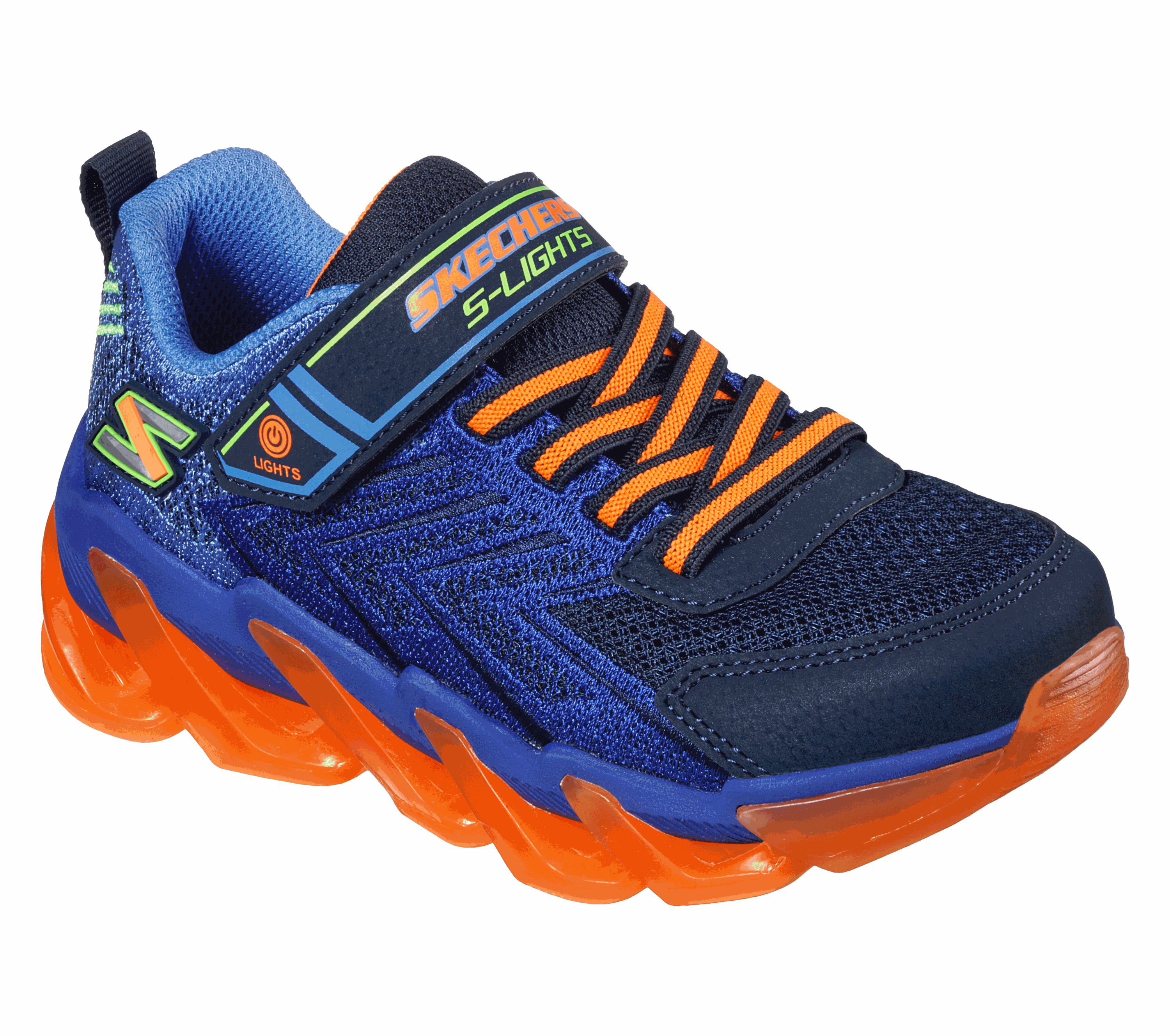Can Newborns Sleep On Their Side
New parents often grapple with countless questions about their newborn's well-being. One of the most frequent concerns revolves around sleep: is it safe for a newborn to sleep on their side? This question has been debated among pediatricians and child health experts for years.
This blog post will answer this question and explain why side sleeping is generally not recommended for newborns. We'll discuss the potential risks of this position and offer safe alternatives to promote healthy sleep for your little one.
So keep reading; by the end, you'll clearly understand the best practices for ensuring a safe and restful sleep environment for your newborn.
Let's dive in!
Is It OK for Babies to Sleep on Their Sides?
No, it is not recommended or encouraged that newborns sleep on their sides. The side sleep position is unstable.
When a baby sleeps on their side, they can easily roll onto their stomach, especially if they are restless or have weak neck muscles. This puts them at risk of SIDS (Sudden Infant Death Syndrome), a condition where an infant suddenly stops breathing without an apparent reason. Moreover, side sleeping can also lead to uneven head shape, a condition known as plagiocephaly.
For these reasons, the American Academy of Pediatrics (AAP) strongly recommends that babies sleep on their backs from birth. Back sleeping is the safest position and has been shown to reduce the risk of SIDS considerably.
Why Shouldn't Babies Sleep on Their Sides?
Now you know that your newborn can't sleep on their sides, let's discuss the 'Why' factor.
Here are five key reasons why side sleeping should be avoided:

1. Increased Risk of SIDS
The most serious risk associated with side sleeping is SIDS. Babies who are placed to sleep on their sides can easily roll onto their stomachs, the position associated with the highest risk for SIDS (Sudden Infant Death Syndrome), sudden and unexplained death of an infant. This is because side sleeping can lead to airway obstruction, which can make it difficult for babies to breathe.
2. Risk of Torticollis
Torticollis is a condition in which a baby's head is tilted to one side, and the neck is rotated. It can be caused by the baby spending too much time in the same position, such as on their side. Torticollis can lead to developmental delays and problems with vision.
3. Harlequin Color Change
Harlequin color change is a rare condition that causes one side of a baby's body to become red and the other side to become pale. It is more common in babies who are placed to sleep on their side. Harlequin color change While harmless, it can be a sign of underlying health problems and alarming for parents.
4. Difficulty Feeding
Side sleeping can make it difficult for babies to breastfeed or bottle-feed, as their heads may not be positioned correctly. This can lead to feeding difficulties and discomfort for both the baby and the parent.
5. Increased Risk of Suffocation
If a baby is sleeping on their side and their face becomes pressed against a soft surface, such as a pillow or mattress, they may have difficulty breathing. This can increase the risk of suffocation, which can be fatal.
For these reasons and for the safety of your newborn, it is essential to put them to sleep on their back on a firm, flat surface. This is the safest sleep position and can help reduce the risk of SIDS and other complications.
Tips to Prevent Side-Sleeping of Your Baby in the First 12 Months
Babies are spontaneous, so if you are unable to have a keen eye on your baby 24/7, here are some practical tips to prevent side sleeping of your baby:
1. Use a Firm Sleep Surface
Avoid soft, fluffy surfaces like pillows, blankets, or crib bumpers, as these can create a suffocation hazard. A firm, flat mattress is the safest choice.
2. Swaddle your Baby Until they can Roll Over
Swaddling can help prevent your baby from rolling onto their side or stomach during sleep. However, once your baby starts revealing signs of rolling over, it's time to stop swaddling to avoid the risk of suffocation.
3. Use a Video Baby Monitor
A video baby monitor can provide peace of mind by allowing you to keep an eye on your baby's sleep position from a distance. This can help you identify if they are rolling onto their side or stomach and take corrective action.
4. Try a Sleep Sack
Sleep sacks are a safe alternative to blankets and can help prevent your baby from rolling onto their side. They are also designed to keep your baby warm without the risk of overheating and suffocation. Choose a sleep sack that fits snugly without being too tight.
5. Encourage Back Sleeping from the Start
Get your baby used to sleeping on their back from day one, as it's the safest sleep position for babies. This will help prevent them from preferring side or stomach sleeping. If your baby rolls onto their side or stomach, gently reposition them back onto their back.
6. Avoid Overdressing Your Baby
A baby who is too hot may be more likely to roll over onto their side. So, always dress your baby in lightweight clothing for sleeping that is also appropriate for room temperature.
When is Side Sleeping Safe for Your Baby?
Side sleeping is generally not recommended for infants, especially during their first year of life. This is because of the risk of sudden infant death syndrome (SIDS). However, as your baby grows older, there may be circumstances where side sleeping becomes a more suitable option.
Here are some guidelines to keep in mind:
- Over 12 months: Once your baby reaches one year, side sleeping may become a viable option, specifically if they have difficulty staying on their back or are at risk of choking or reflux. However, you can always consult with your pediatrician to determine the best sleeping position for your child.
- Medical conditions: If your child has a medical condition that makes back sleeping difficult or dangerous, your pediatrician may recommend side sleeping. This could include certain types of congenital heart defects or neuromuscular disorders.
- Supervision: Even if your child is older than one year, it's crucial to continue monitoring them closely during sleep, especially if they have a history of sleep apnea or other breathing problems. Moreover, avoid placing loose blankets, pillows, or stuffed animals in the crib, as these can cause suffocation for your child.
Note that the safest sleeping position for your newborn is on his/her back. But, it's essential to take advice from your pediatrician before changing your child's sleep position. They can provide personalized advice based on your child's needs and health history.
Wrap Up
We hope you have your answer and are clear about your baby's sleeping position. While it might seem like a comfortable position, there are significant health risks associated with side sleeping for infants.
Note that back sleeping is the safest position for your newborn. It significantly reduces the risk of Sudden Infant Death Syndrome (SIDS). So, always place your baby on their back on a firm, flat surface.
Creating a safe sleep habitat is essential for your baby's well-being. Keep your baby's face uncovered and ensure the crib is free of potential hazards. If you have concerns about your baby's sleep, consult your pediatrician for personalized advice.
By understanding the potential dangers and adopting recommended practices, you can set up a safe and comfortable sleeping environment for your baby.
Read to style your baby? Explore Jenni Kids for all your baby's accessories and dress your kid in style and comfort.
FAQs
What to Do if Your Baby Rolls on His Side During Sleep?
If your baby rolls onto their side during sleep, gently reposition/roll them back onto their back. This is the safest position for newborns to sleep.
When Can Babies Sleep on Their Sides?
Babies should generally not sleep on their side until they are at least one year old. This is when they have developed more muscular neck and back muscles.
Is Side Sleeping Safe for Newborns?
No, side sleeping is not recommended nor safe for newborns. It increases the risk of Sudden Infant Death Syndrome (SIDS).
Does Side Sleeping Prevent the Baby from Choking?
No, side sleeping does not prevent the baby from choking. It can increase the risk of choking.
How do I Know if my Newborn is Ready to Sleep on their Side?
If your baby can roll over both ways (from back to tummy and from tummy to back) without assistance, they may be ready to sleep on their side. However, keeping them on their back is still safest until they are at least six months old. Moreover, you can consult with your pediatrician for personalized advice.
Can a 1-Month-Old Baby Sleep on the Side?
No, a 1-month-old baby should not sleep on their side. It is safest for them to sleep on their back.








































